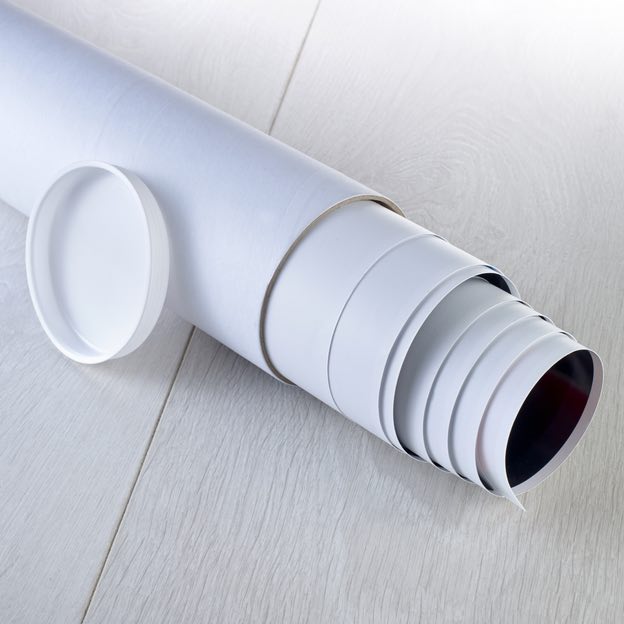Sizing information
| Overall size (inc frame) | x cm ( x in) |
| Depth | cm (in) |
| Artwork | x cm ( x in) |
| Border (mount) |
cm
top/bottom
(in)
cm left/right (in) |
| The paper size of our wall art shipped from the US is sized to the nearest inch. | |

Our prints
We use a 200gsm fine art paper and premium branded inks to create the perfect reproduction.
Our expertise and use of high-quality materials means that our print colours are independently verified to last between 100 and 200 years.
Read more about our fine art prints.
Manufactured in the UK, the US and the EU
All products are created to order in our print factories around the globe, and we are the trusted printing partner of many high profile and respected art galleries and museums.
We are proud to have produced over 1 million prints for hundreds of thousands of customers.
Delivery & returns
We print everything to order so delivery times may vary but all unframed prints are despatched within 1–3 days.
Delivery to the UK, EU & US is free when you spend £75. Otherwise, delivery to the UK costs £5 for an unframed print of any size.
We will happily replace your order if everything isn’t 100% perfect.
Product images of Thirty-Six Immortal Poets, mid 1700s



Product details Thirty-Six Immortal Poets, mid 1700s
Thirty-Six Immortal Poets, mid 1700s
Tatebayashi Kagei (attributed to)
Thirty-Six Immortal Poets, mid 1700s. The "Thirty-Six Immortal Poets" were chosen by Fujiwara no Kinto (996-1075), a Japanese nobleman, scholar, and poet of the Heian period. He compiled a collection of the works of the 36 celebrated writers of waka (31-syllable poems) during the 7th to 11th centuries. From about the 11th century on, poetry and painting contests provided entertainment at fashionable gatherings, and the "thirty-six poets" became a favorite subject in Japanese art. These poets were traditionally portrayed in a dignified manner befitting their aristocratic rank, but in this interpretation they are unceremoniously packed together in a confining space. This engaging screen painting is done in the Rimpa style, emphasizing bold colour, simple silhouettes, and asymmetrical compositions. Traditionally, individuality was not a quality emphasized in Japan; even in these "portraits" it is virtually impossible to distinguish who's who among the faces of the poets.
- Image ref: 2746032
- Heritage Art/Heritage Images
Find related images
 zoom
zoom

















